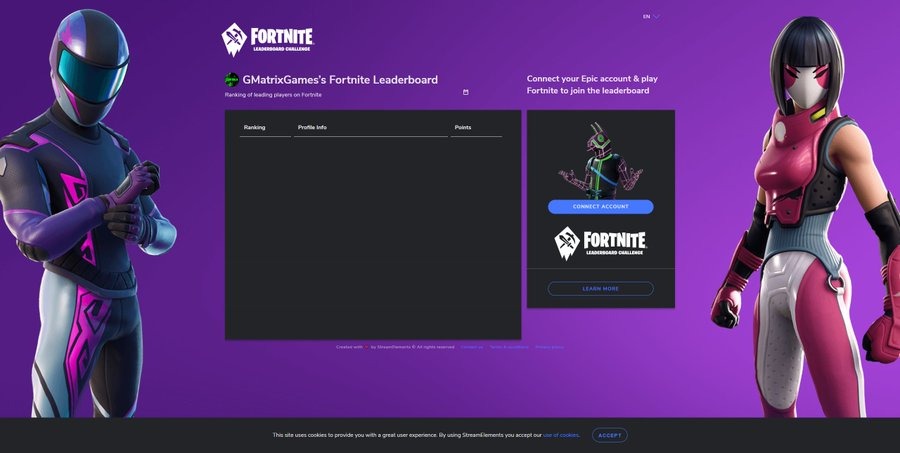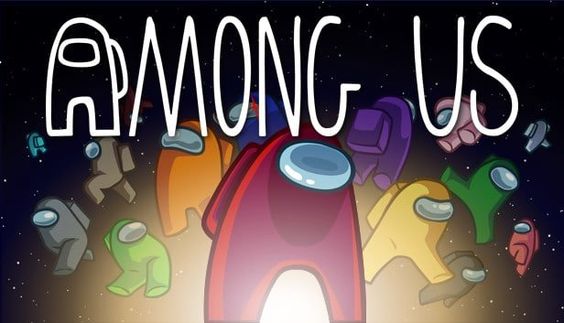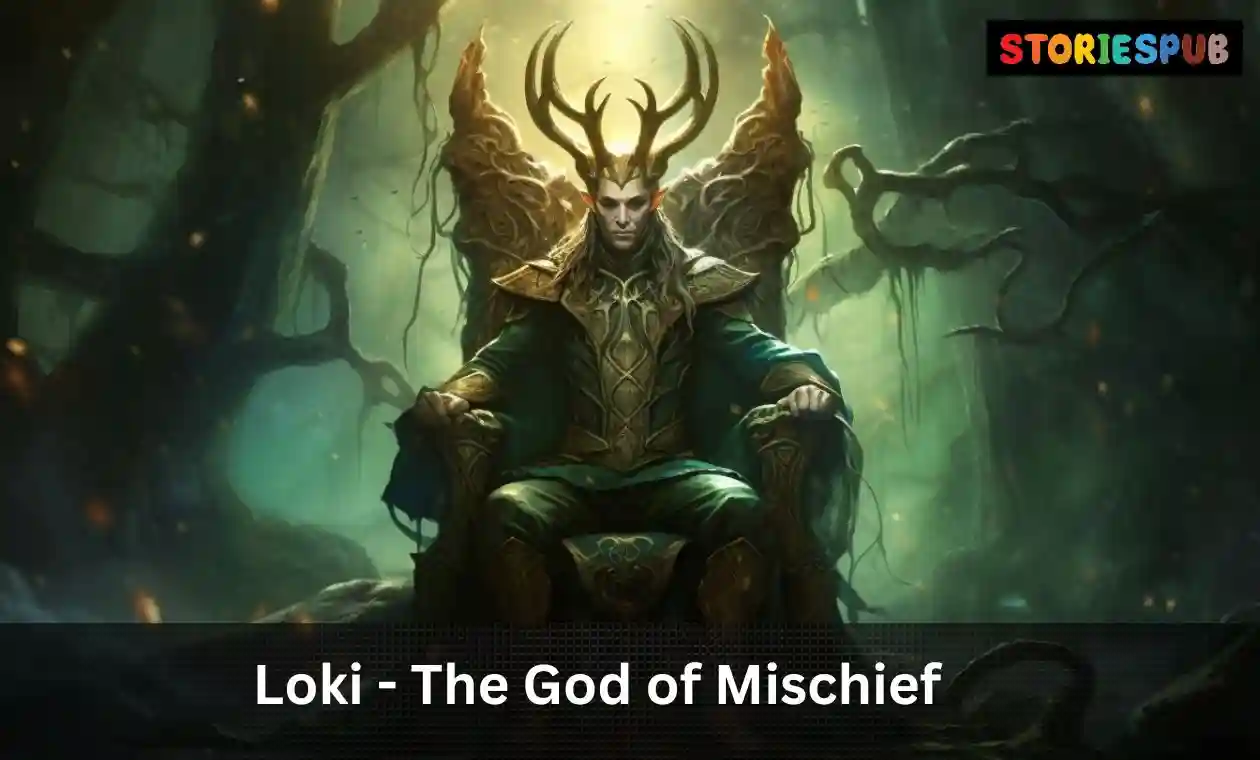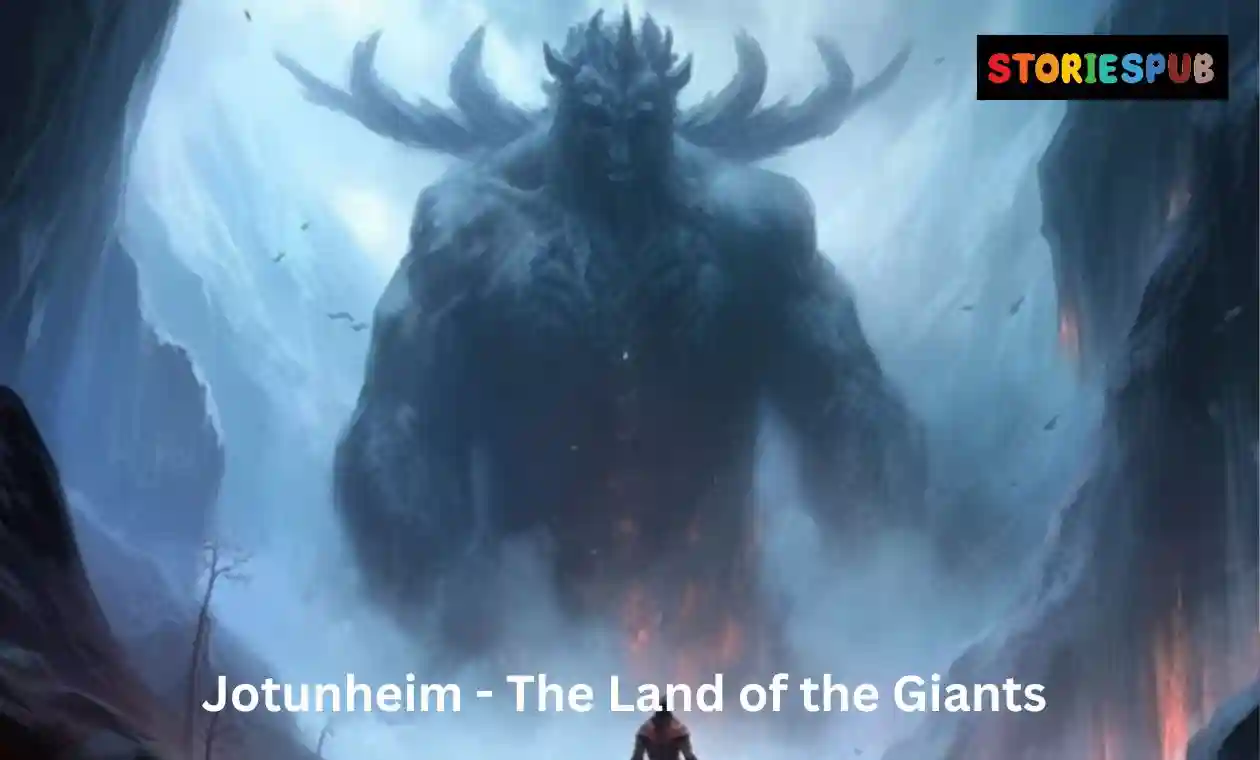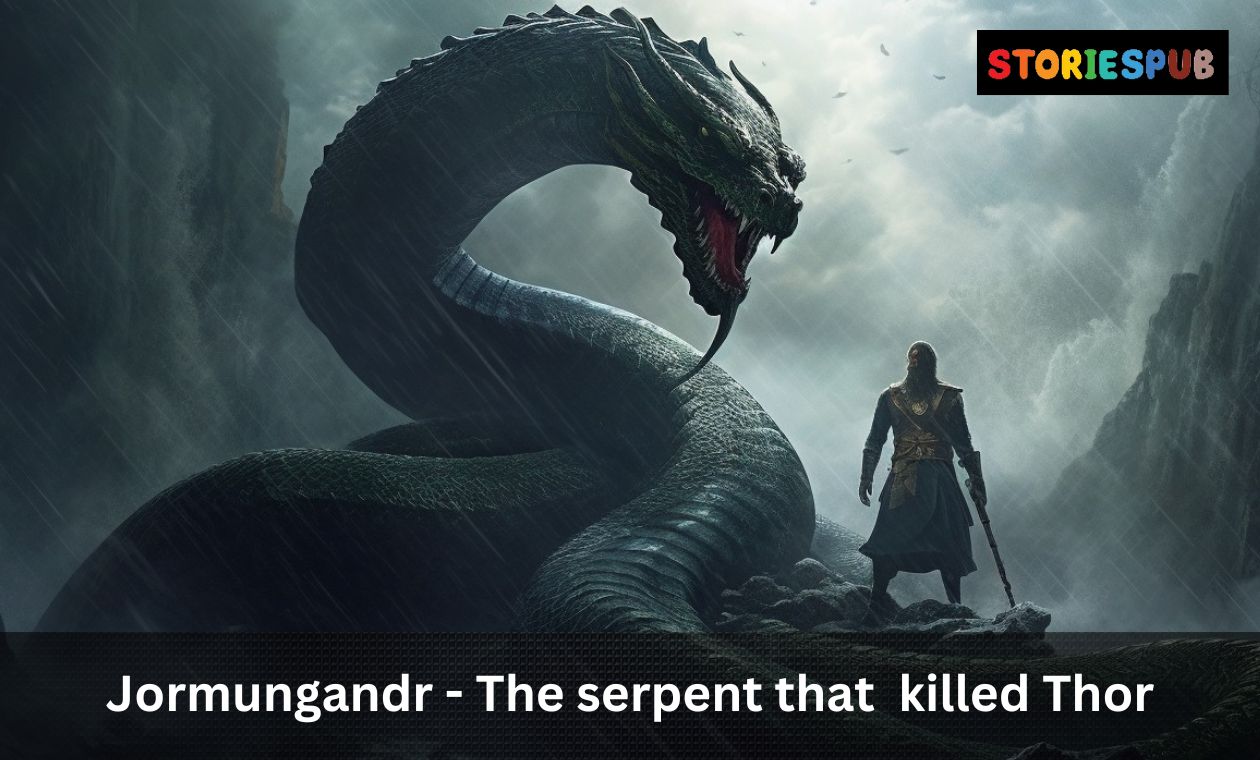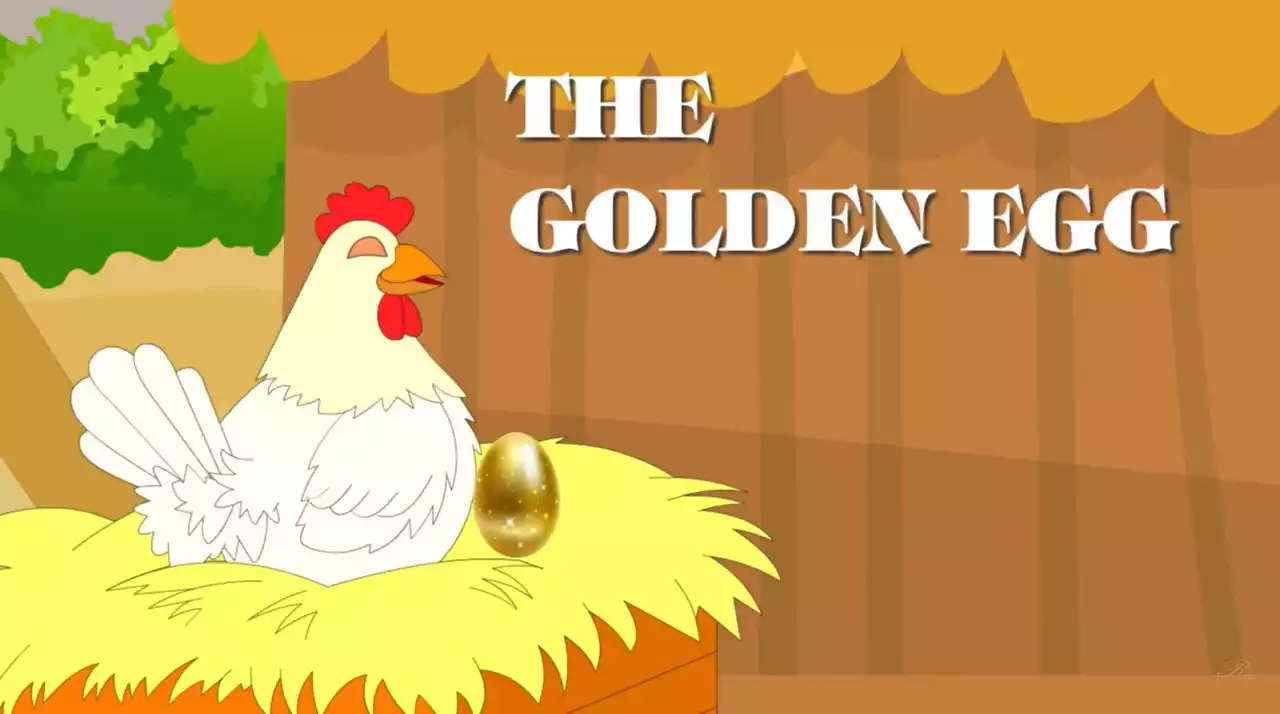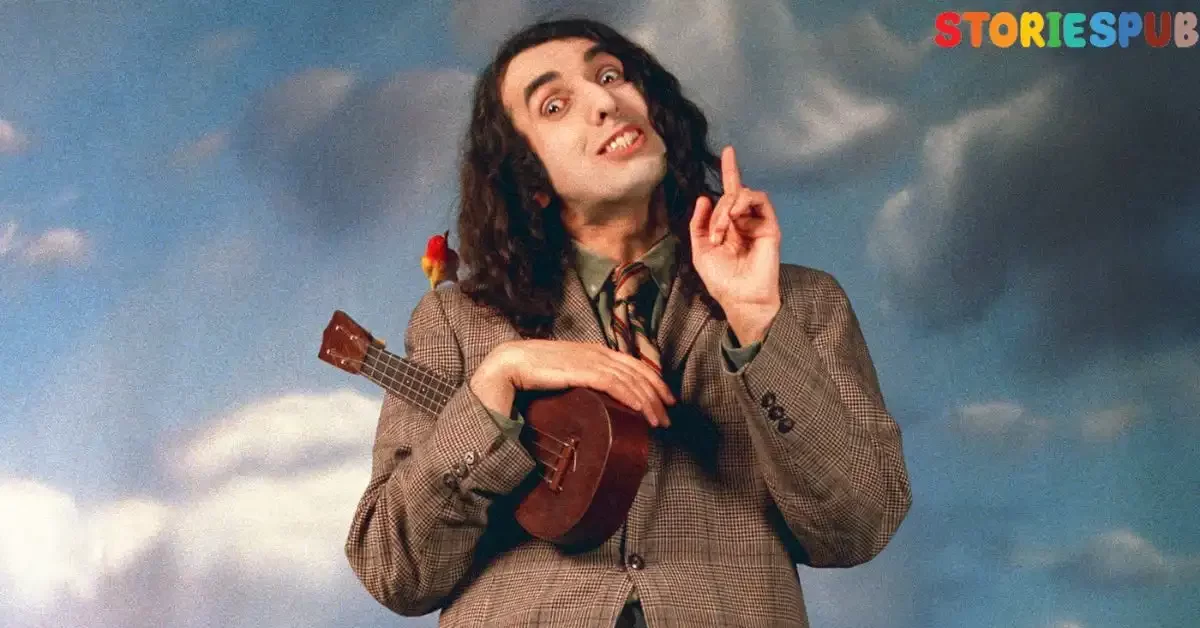Odin King of God: God of War, Wisdom, and Death
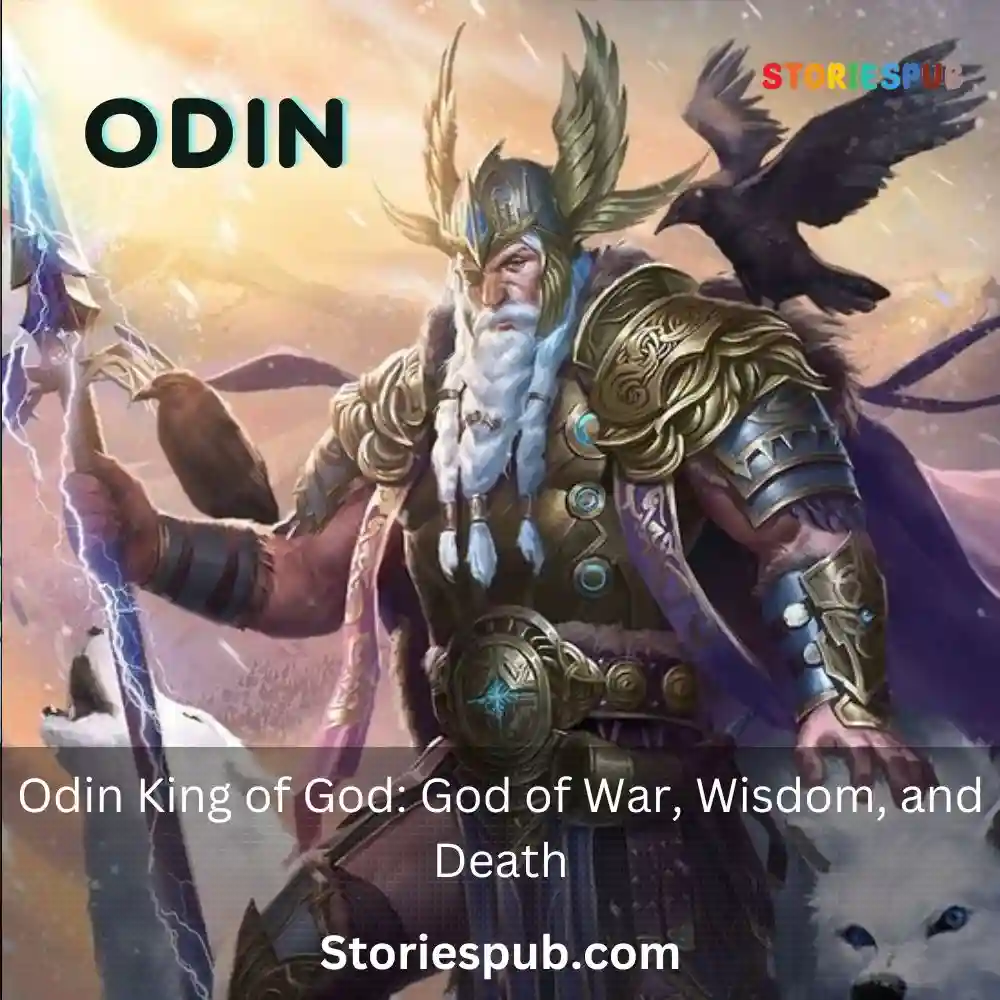
Image Credit : Pinterest
Introduction
Odin is a central figure in Norse mythology. He is known as the king of the gods and is associated with wisdom, war, and death. As one of the most complex deities in Norse myth, he has inspired countless stories, legends, and works of art throughout history.
A Brief Overview of Odin as a Norse God
Odin is one of the three most powerful gods in Norse mythology along with Thor and Freyja. He is also known as the Allfather or Woden (in Anglo-Saxon), which means “father of all.” He was revered by Vikings as their chief deity.
In his most common depiction, Odin has long white hair and beard, wears a wide-brimmed hat or helmet adorned with wings, a cloak or coat made from animal hides or feathers. He carries a spear named Gungnir and an eyepatch covers his left eye.
Explanation of His Significance as King of The Gods And God Of Wisdom War And Death
Odin commands great respect among other gods for his immense knowledge gained through sacrificing his own eye to drink from Mimir’s well. He shares this knowledge by gifting it to those humans he feels are worthy enough to receive it. As God of war, he inspires courage in soldiers; however he also gains power from battles that are fought on earth so battle-loving vikings prayed to him for success on their battleships.
In his dark manifestation – The Wild Hunt – Odin would lead an army across the sky hunting down people who were going to die soon. Odin’s association with death stems from his role as ruler over Valhalla- an afterlife realm where fallen warriors go after death where they are welcomed by the Valkyries who serve Odin.
They would be offered mead for their bravery and the opportunity to fight again in preparation for the final battle of Ragnarok. Odin is a god of many faces – wise, powerful, scheming – but one thing is clear: he remains one of the most important gods from Norse mythology whose influence has extended beyond Viking culture and into contemporary popular culture.
Early Life and Rise to Power
Odin, also called the Allfather, was one of the most complex and prominent figures in Norse mythology. According to mythological stories, Odin was born from the union of Bor and Bestla, two giants. He grew up in Asgard, the land of gods, where he was raised by two other gods named Vili and Ve.
As a young god, Odin was known for his curiosity and ceaseless thirst for knowledge. He spent much of his early life exploring different worlds, gaining knowledge and wisdom from everything he encountered.
He learned magic from the giantess Gullveig, runes from Mimir (the wisest being in all the nine worlds) and poetry from Gunnlod (a giantess who guarded mead). With these skills under his belt along with other sorcery techniques such as shamanism, seiðr (feminine magic) or galdrar (chanting spells), Odin became one of the most powerful beings in all of creation.
One day, after traveling to every corner of existence to discover new secrets about life itself, Odin found himself gazing into a well called Mimir’s well located at the roots of Yggdrasil – The world tree . This well contained waters that granted immense knowledge.
In order to drink from its depths however, he needed to give an eye as payment for entry into magical realm. Without any hesitation, he gave up his left eye for this chance at power.
After gaining great insights into existence itself, Odin returned to Asgard with newfound knowledge on how best to rule as king over all gods. Upon returning home he would discover that his father Bor had passed away leaving him next in line for leadership over Asgard .
Through cunning deception, Old Norse mythology states how Odin stole runes which were sacred symbols from another god named Giant Hymir who had been guarding them. His thirst for knowledge was insatiable and he would stop at nothing to attain more power as Asgard’s ruler.
The Allfather’s Powers and Abilities
Odin is one of the most powerful gods in Norse mythology, and his abilities reflect that fact. He has a wide range of powers that have helped him maintain his position as the ruler of Asgard. Some of these powers include:
Shape-Shifting
One of Odin’s most notable abilities is his ability to shape-shift. He can transform into various animals, such as a bird or a fish, to spy on people or travel unnoticed. It is said that he could even change his gender if needed.
In one myth, Odin transformed himself into an eagle to battle the giant Hræsvelgr who was causing storms by flapping his wings. The ability to shape-shift gave him a significant advantage in battles and made him almost impossible to defeat.
Communication with Animals
Odin also had the ability to communicate with animals. He had two ravens called Huginn (thought) and Muninn (memory) that would fly around Midgard and bring back information to him.
The god also had two wolves named Geri (greedy) and Freki (gluttonous), who served as both companions and guardians. This communication with animals gave Odin access to valuable information that he could use for planning purposes.
Control over Elements
In addition to shape-shifting and animal communication, Odin also had control over various elements of nature. He could control the winds, create storms, calm seas or cause earthquakes. This power allowed him to manipulate his environment when necessary or make it difficult for enemies who might be pursuing him during travels through Midgard (the world of human beings).
Gungnir – The Spear of Odin
Gungnir was Odin’s magic spear, and it was considered to be one of the most powerful weapons in all of Norse mythology. It could never miss its target and always returned to Odin’s hand after he threw it.
In battles, Gungnir was often the deciding factor. It was said that if Odin threw it into a battle, victory would be inevitable.
Sleipnir – The Eight-Legged Horse
Sleipnir was the steed that carried Odin through battles and travels throughout the nine realms. This horse had eight legs instead of four, which made him faster than any other animal in existence.
According to mythology, Sleipnir was born from Loki when he transformed himself into a mare and seduced the stallion that belonged to a giant. The result of their union was an eight-legged horse.
Odin’s possession of Sleipnir allowed him to move quickly between worlds and gather information efficiently. Overall, Odin’s powers made him one of the most formidable gods in Norse mythology.
His shape-shifting abilities gave him an advantage over enemies, his communication with animals allowed for valuable information gathering and control over nature elements enabled him to manipulate his environment when needed or make it difficult for enemies who might be pursuing him during travels through Midgard (the world of human beings). His magical weapons Gungnir and Sleipnir were key assets in battles or travels as well.
Odin’s Role in Norse Mythology
Odin is a central figure in Norse mythology, and his influence can be seen in many of the stories that have survived to this day. Perhaps the most well-known of these stories is the creation story, which tells how Odin and his fellow gods created the world as we know it. According to this myth, Odin and his brothers fashioned the sky from the skull of Ymir (a giant who was one of the first beings in existence) and used Ymir’s body to create the earth.
This story highlights Odin’s role as a creator and master of all things. Another significant myth featuring Odin is Ragnarok, which is often described as being similar to an apocalypse.
According to this story, Odin will die fighting against the forces of evil during a great battle at the end of time. Despite their defeat, however, it is believed that some of Odin’s loyal followers will survive and help rebuild a new world in his memory.
This myth emphasizes both Odin’s bravery and his willingness to make sacrifices for what he believes in. In addition to these myths, there are also numerous stories that feature Odin working alongside other gods such as Thor and Loki.
These relationships are complex and multifaceted – for example, while Thor is often seen as a protector of humanity, Odin tends to take a more detached approach to things. Nevertheless, they share a deep respect for each other’s abilities and are often seen working together towards common goals.
The Relationship Between Odin and Thor
One prominent example of this cooperation can be seen in their efforts to protect Asgard (the home of the gods) from harm. In one story involving these two figures, Asgard finds itself under attack by giants who have managed to bypass its defenses. To stop them from reaching their goal – which is nothing less than total destruction – Thor offers his services as a warrior, while Odin provides strategic advice and guidance.
This partnership leads to a series of epic battles between the gods and the giants, with Thor’s strength and Odin’s wisdom proving to be a deadly combination. Eventually, they are able to drive the giants back and restore peace to Asgard, cementing their status as two of the most powerful figures in Norse mythology.
The Relationship Between Odin and Loki
The relationship between Odin and Loki is more complicated than that between Odin and Thor. While they share a certain degree of respect for each other (and have been known to work together towards common goals), there is also an underlying tension that cannot be ignored.
Part of this tension comes from the fact that Loki is seen as something of an outsider within Asgard – he is a trickster god who often causes trouble for those around him. Despite this, however, he also possesses a certain charm and wit that make him difficult to completely dislike.
Odin recognizes these qualities in Loki, which often puts him at odds with his fellow gods. Nevertheless, he continues to work with Loki when it suits his purposes – such as when he needs someone cunning enough to outwit his enemies or help him solve complex problems.
Odin’s Legacy
Despite his death at Ragnarok (which represents an end not just for Odin but for all things), the legacy of this god has endured through the centuries. His wisdom, bravery, and willingness to make sacrifices for what he believes in continue to inspire people today – whether they are fans of Norse mythology or simply looking for guidance in their own lives. In pop culture, Odin has appeared in numerous works ranging from comic books (such as Marvel’s Thor series) to movies (including “Thor” directed by Kenneth Branagh).
While these portrayals often take liberties with the original myths (and sometimes even contradict each other), they all demonstrate how powerful and enduring Odin’s legacy truly is. Odin’s role in Norse mythology is multifaceted and complex – he represents both creation and destruction, wisdom and war.
His relationships with other gods such as Thor and Loki are similarly layered, with a combination of respect and tension that makes them compelling characters in their own right. Despite his death at Ragnarok, Odin’s legacy has endured through the centuries to inspire countless people around the world.
Worshiping Odin in Ancient Times
Overview on how ancient people worshiped him
Odin was one of the most important and revered gods in ancient Norse mythology. As such, he was widely worshiped by the Viking people.
The Vikings believed that Odin had the power to control many aspects of life, including death, war, and wisdom. Therefore, it was common for them to offer sacrifices to him in order to gain his favor.
One of the most popular ways the Vikings worshipped Odin was through animal sacrifice. They would take animals such as horses or cattle and kill them as an offering to the god.
This would take place at special occasions such as a festival or before going into battle. In addition to animal sacrifices, the Vikings also built temples in honor of Odin.
These were often large structures made out of wood or stone that could accommodate dozens of worshippers at a time. Inside these temples, they would make offerings such as food and drink.
His importance in Viking culture
Odin’s importance in Viking culture cannot be overstated. He was seen as a powerful protector who could provide guidance and wisdom to those who sought it.
The Vikings looked up to him for leadership during times of war and conflict. One notable example of this is during battles where they believed that Odin himself would ride into battle alongside them on his eight-legged horse named Sleipnir.
This belief gave warriors courage and strength knowing they had a powerful god on their side. In addition to his military prowess, Odin was also revered for his wisdom and knowledge.
He was known for sacrificing one of his own eyes in exchange for wisdom from Mimir’s well – something which demonstrated how much he valued knowledge. Furthermore, Odin played a significant role as king of Asgard – home to all the gods – which made him an important symbol of authority for many Viking leaders.
His presence in their daily lives was evidence of his ability to provide guidance, protection, and strength to his followers. Overall, Odin’s role in ancient Norse mythology and Viking culture was one of great significance.
He embodied the qualities that the Vikings admired most: wisdom, power, and courage. His worship and reverence were key components of Viking religious practices and continue to be celebrated today as a symbol of Norse heritage.
Legacy Odin, the king of the gods and god of wisdom, war, and death, left a lasting legacy in Norse mythology that continues to be remembered today.
His impact can be seen in various aspects of modern culture, from popular media to religion. How he is remembered today
Today, Odin is still held in high regard by those who follow Norse mythology. He is often viewed as a symbol of strength and power, representing the qualities necessary for success in battle or personal struggles.
Many modern practitioners of Norse paganism honor him through rituals and offerings. In addition to his continued presence in religion, Odin’s influence can also be seen in literature and art.
His character has appeared in numerous works of fiction ranging from Neil Gaiman’s “American Gods” to Marvel’s “Thor” comics and movies. Pop culture references to him
Odin has become a popular cultural reference point – his name evoking imagery associated with ancient vikings – people known for their bravery and adventurous spirit. The god has inspired countless TV shows, films, books , games etc., ranging widely across genres varying from romantic fiction such as Joanne Harris’ “Runemarks” to highly captivating depictions like “Vikings” on History channel or games like Assassin’s Creed: Valhalla where he is portrayed as King Alfred’s ally.
One notable example comes from J.R.R. Tolkien’s “The Lord of the Rings” trilogy. The character Gandalf was heavily inspired by Odin – both are wise old men who wield immense power and knowledge.
Similarly,the iconic British heavy metal band Iron Maiden have named one of their most successful songs ‘Flight Of Icarus’ after an incident involving Odin’s son Baldur. Odin’s story continues to inspire creators across multiple mediums.Growing interest on Norse Mythology has significantly increased number of recent pop culture references he gets with every new year- proof enough that his legacy is far from forgotten.
Conclusion
Odin was a complex and fascinating figure in Norse mythology. As the king of the gods and god of wisdom, war, and death, he held immense power and influence over the other gods and mortals alike. His story is one that has captivated people for centuries, and his legacy can still be felt today.
In this article, we explored Odin’s early life and rise to power, his powers and abilities as a god, his role in Norse mythology, how he was worshipped in ancient times, as well as his legacy in modern culture. We learned that Odin was not just a god of war or death but also a god of wisdom who valued knowledge above all else.
He was willing to make great sacrifices to gain knowledge that would ultimately benefit him. Odin’s importance in Norse mythology cannot be overstated.
He played a crucial role in many myths such as the creation story where he helped create humans out of wood. He also played a pivotal role in Ragnarok (the end of the world) where he led an army of gods against their enemies.
Odin remains an important figure in our culture today. Countless books, movies, TV shows have been inspired by Odin or featured him directly such as Marvel’s Thor movies portraying Odin beautifully done by Anthony Hopkins.
Odin is one of the most intriguing figures from Norse mythology because of his complexity; being feared for his powers while also revered for his wisdom. His importance to Viking culture cannot be overstated either; it is clear why he has remained an important figure throughout history.
Hey kids, how much did you like The Odin King of God: God of War, Wisdom, and Death? Please share your view in the comment box. Also, please share this story with your friends on social media so they can also enjoy it, and for more such Norse Mythology, please bookmark storiespub.com.
Related Post :
Odin FAQ
What is Odin's role in Norse mythology?
Odin is known for his various roles in Norse mythology, including being the god of war, wisdom, and death, as well as being the father of many of the other gods.
What does Odin look like?
Odin is often depicted as a tall, bearded man wearing a wide-brimmed hat and a cloak, and sometimes with an eye patch.
Is Odin worshipped in modern times?
Odin is not worshipped as part of any organized religion in modern times, but he is still studied and appreciated by scholars and enthusiasts of Norse mythology.
What is the significance of Odin in Norse culture?
Odin represents the ideals of wisdom, courage, and honor in Norse culture, as well as the importance of war and death as inevitable parts of life.
Are there any symbols associated with Odin?
Odin is often associated with the image of the raven, as well as with the concept of divine knowledge and the power of the runes.
Is Odin similar to other chief gods in other mythologies?
The concept of a chief god who represents wisdom and war is found in many mythologies throughout the world, and there are some similarities between Odin and other chief gods, such as the Greek god Zeus and the Egyptian god Ra.
Are there any stories involving Odin?
Odin appears in many Norse myths, including one in which he sacrifices his eye in order to gain knowledge, and another in which he gathers warriors in preparation for the final battle of Ragnarok.
Are there any modern adaptations of Odin in popular culture?
Odin has been adapted in various forms in popular culture, including in comic books, movies, and television shows. He is often portrayed as a powerful and wise figure who commands respect and admiration.
What is Odin's relationship with the other gods in Norse mythology?
Odin is considered the father of many of the other gods, and his wisdom and guidance are often sought out by other gods, particularly his son Thor. However, he also has rivalries and conflicts with certain gods, such as the god Loki.





